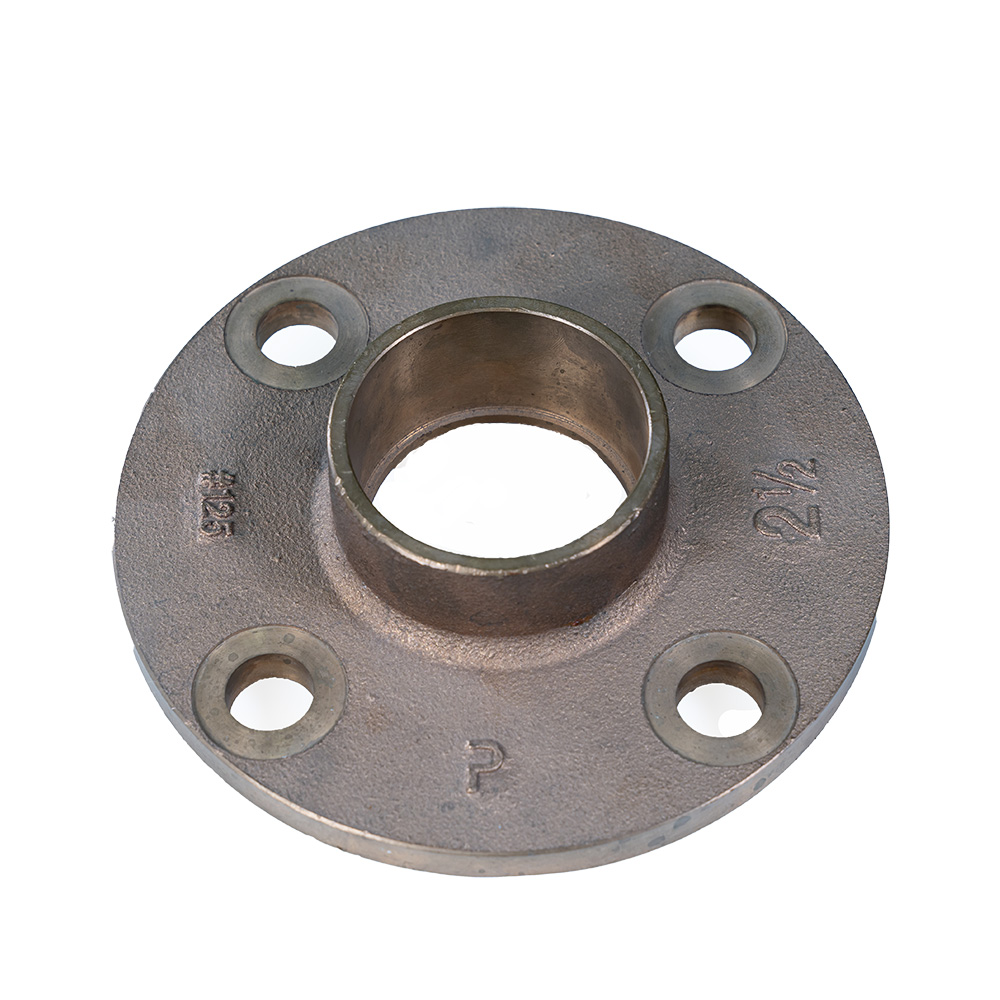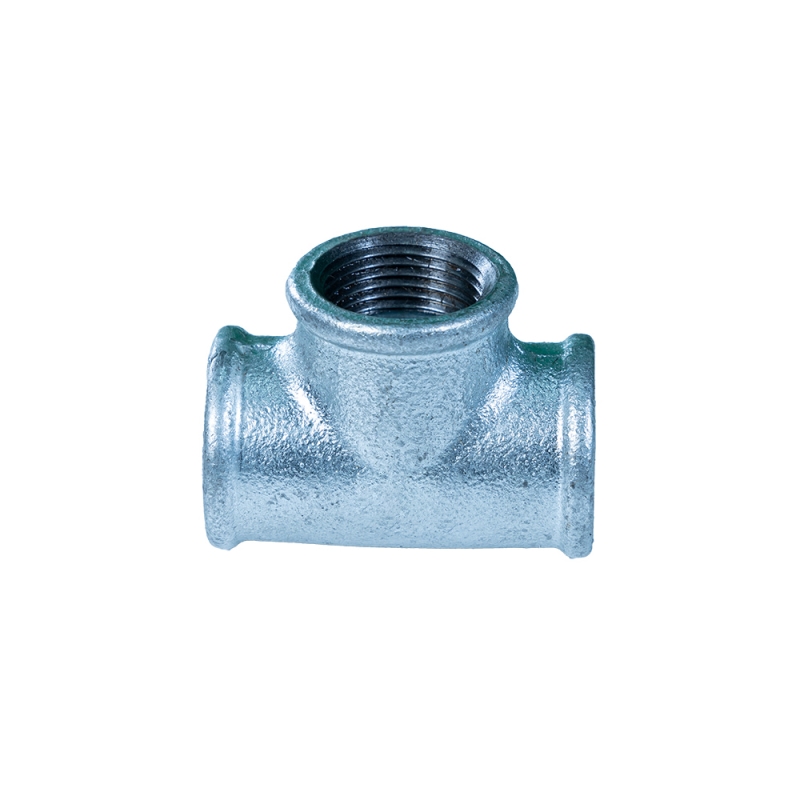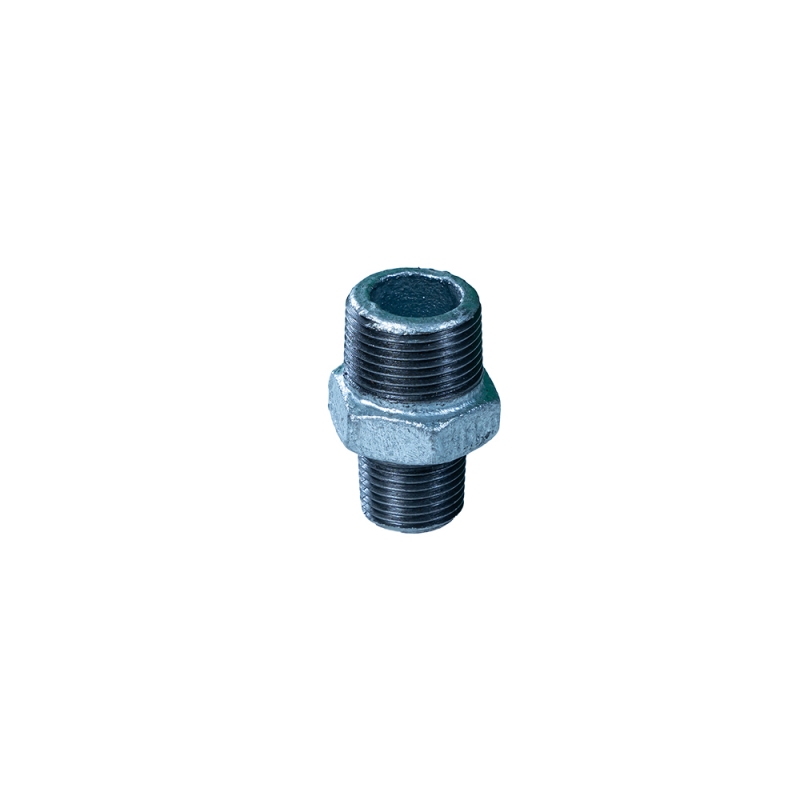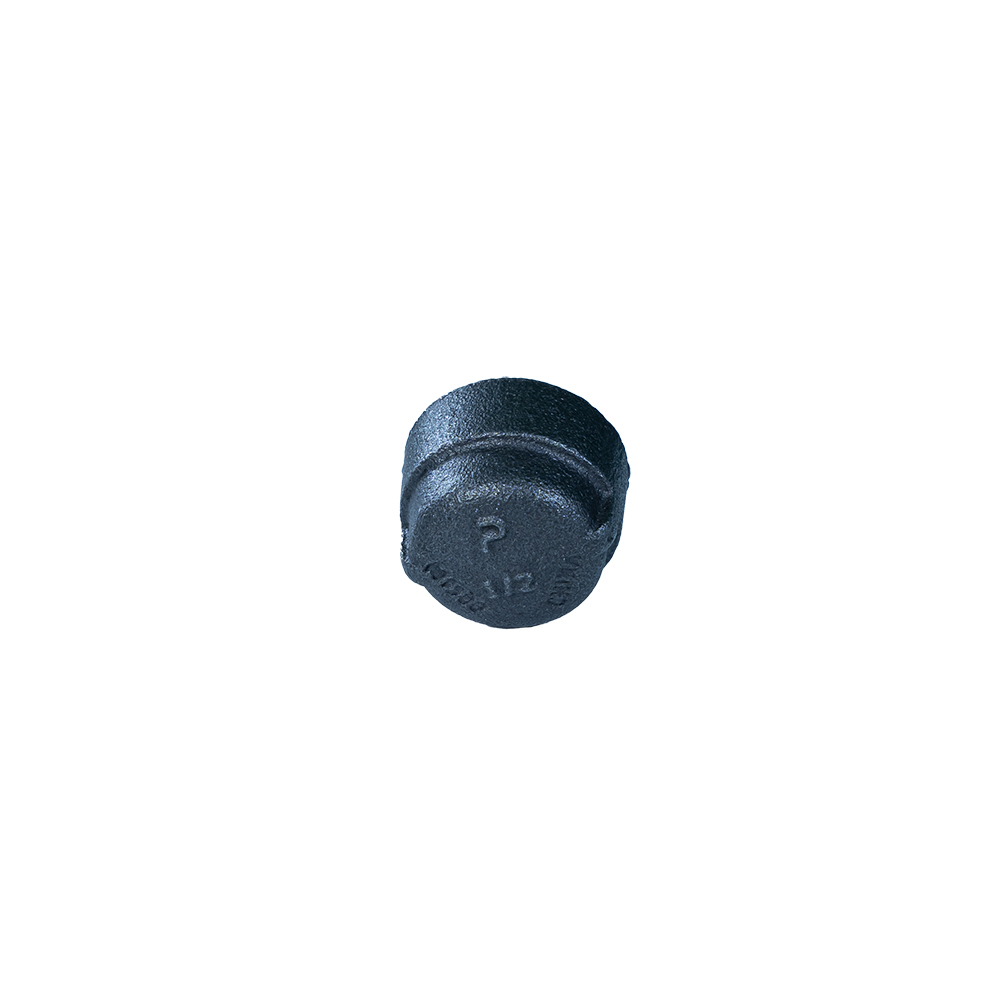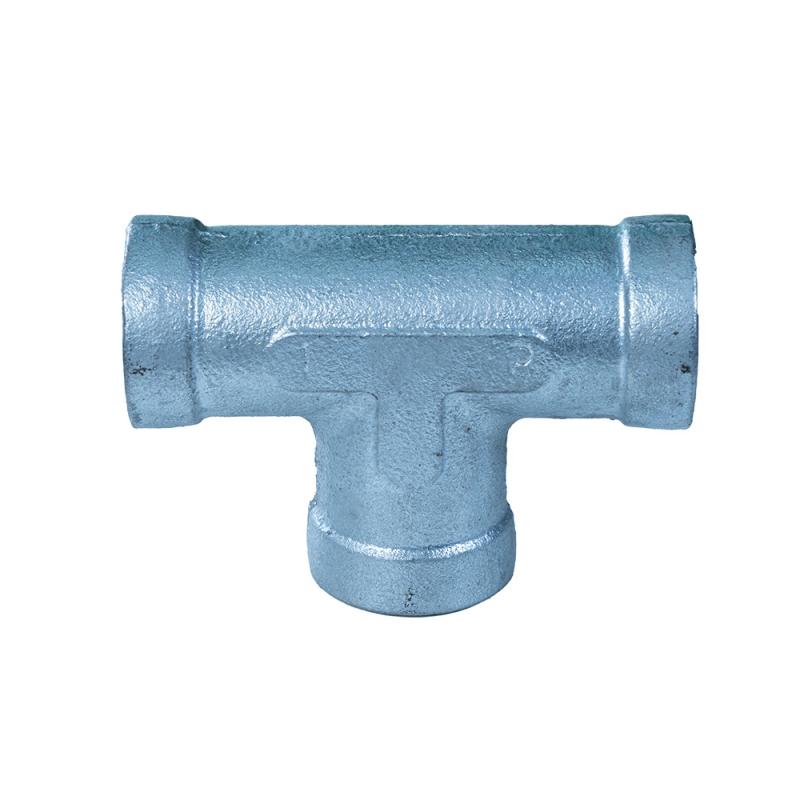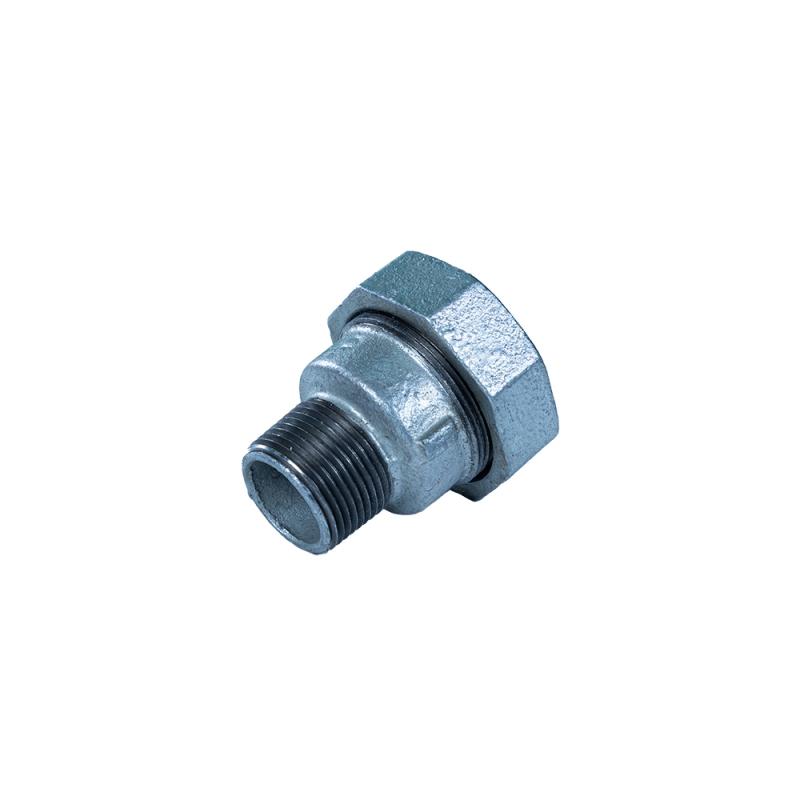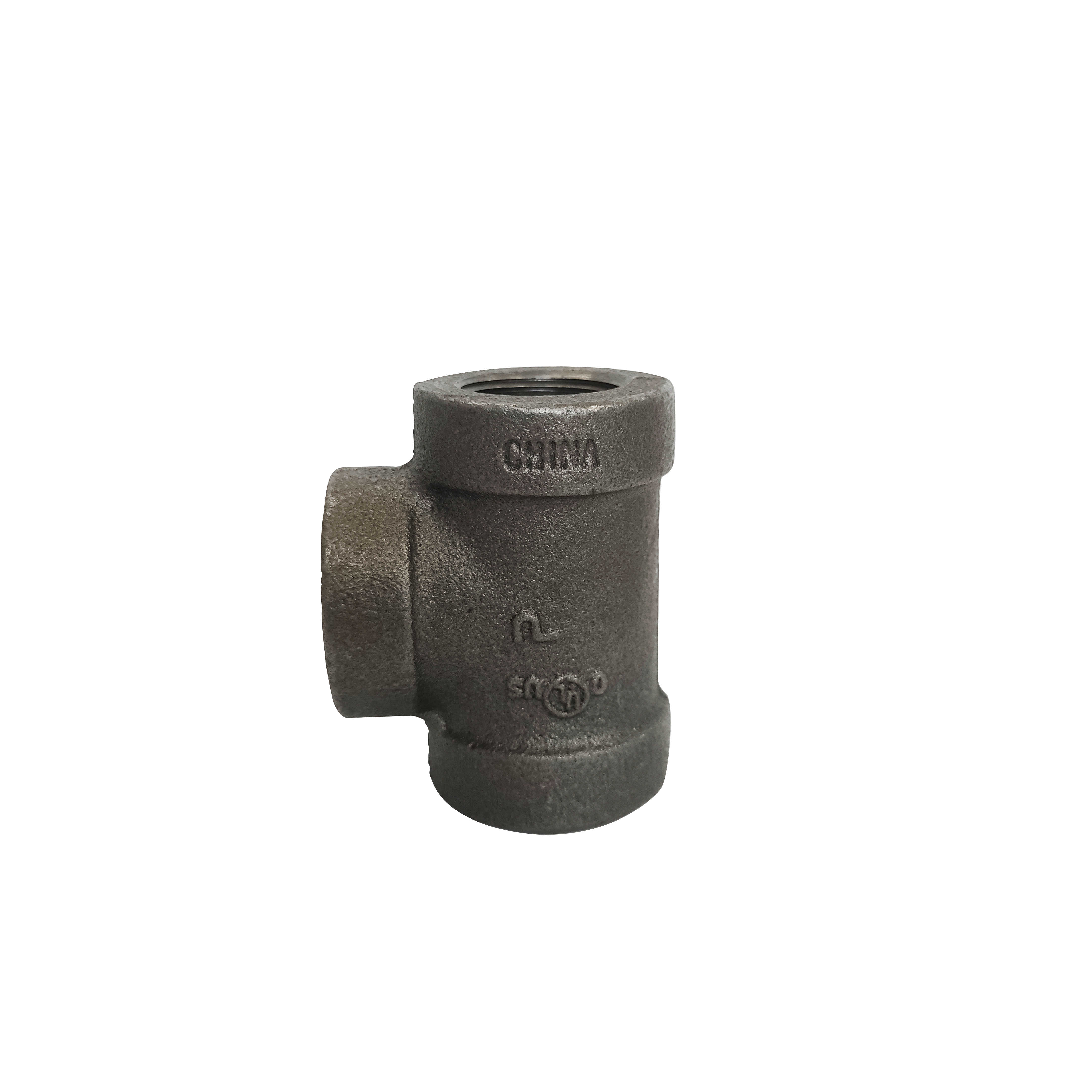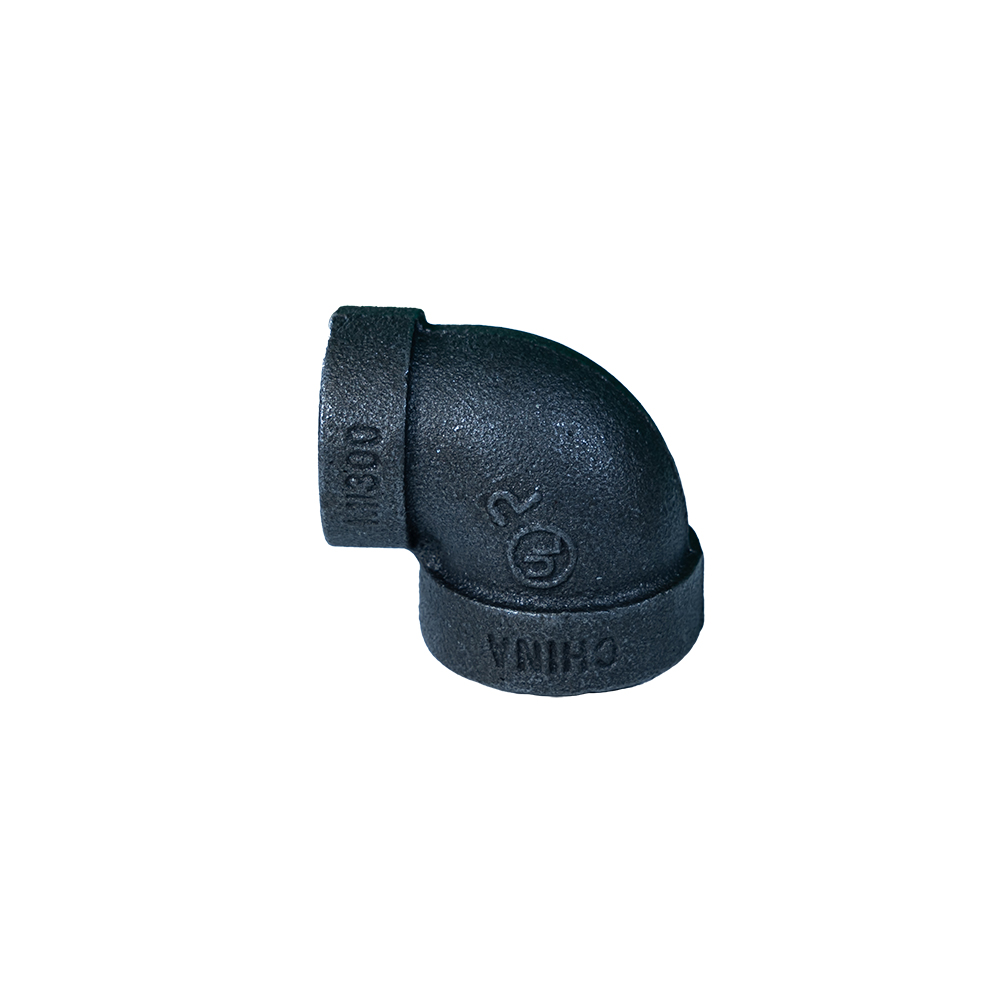In the vast and intricate world of industrial piping systems, the integrity and reliability of every component are paramount. Among these, class 300 pipe fittings stand out as crucial elements designed for high-pressure applications. These fittings, encompassing a variety of materials and designs, play a pivotal role in ensuring the safe and efficient transport of fluids and gases across diverse industries. This comprehensive guide delves into the specifics of class 300 pipe fittings, exploring their technical parameters, manufacturing excellence, varied applications, and the strategic advantages they offer. We will also spotlight the Reducing Coupling Cast Bronze Threaded Fitting, exemplifying the precision and quality inherent in these critical components.
Industry Trends and the Evolving Landscape of High-Pressure Fittings
The global industrial landscape is continuously evolving, driven by rapid advancements in manufacturing, increased demand for energy, and stringent environmental regulations. This dynamism profoundly impacts the market for high-pressure fittings, especially class 300 pipe fittings. Current trends indicate a significant push towards materials with enhanced corrosion resistance and durability, alongside a growing emphasis on sustainable manufacturing practices. The rise of smart factories and Industry 4.0 also necessitates fittings with precise dimensional accuracy and consistent performance to integrate seamlessly into automated systems.
Another key trend is the increasing demand for fittings that can withstand extreme conditions, including higher pressures and temperatures, making the robust capabilities of class 300 pipe fittings indispensable. There's a particular surge in applications requiring specialized materials like bronze, known for its excellent resistance to dezincification and stress corrosion cracking, making it ideal for marine environments and potable water systems. The market is also seeing greater adoption of standardized components like 300 malleable iron fittings due to their cost-effectiveness and versatility, while simultaneously exploring advanced alloys for niche, high-performance needs.
Technological innovations in manufacturing, such as advanced casting techniques and precision CNC machining, are enabling the production of fittings with tighter tolerances and superior surface finishes, further enhancing their reliability and lifespan. Furthermore, regulatory frameworks worldwide are becoming more stringent regarding material safety and performance, compelling manufacturers to adhere to higher quality standards. This commitment to excellence ensures that components like the Reducing Coupling Cast Bronze Threaded Fitting not only meet but exceed industry benchmarks, contributing to safer and more efficient industrial operations globally.
Understanding Class 300 Pipe Fittings: Specifications and Standards
The "Class 300" designation for pipe fittings is a critical indicator of their pressure-temperature rating, signifying their capability to operate safely under specific service conditions. This rating system, primarily defined by standards such as ASME B16.3 (for Malleable Iron Threaded Fittings) and ASME B16.24 (for Cast Copper Alloy Pipe Flanges and Flanged Fittings), ensures that fittings can withstand the rigors of high-pressure fluid transfer. While the exact class 300 pipe fittings pressure rating varies with temperature, it generally implies a robust design suitable for demanding applications.
For instance, a class 300 malleable iron fittings typically has a maximum non-shock working pressure of 300 psi (pounds per square inch) for steam, water, oil, or gas at ambient temperatures, with pressure ratings decreasing as temperature increases. Bronze fittings, like the Reducing Coupling Cast Bronze Threaded Fitting, often have similar or even higher pressure ratings, benefiting from bronze's inherent strength and corrosion resistance. The threaded ends of these fittings conform to standards such as ANSI B1.20.1 or ISO 7-1, ensuring precise and leak-proof connections.
Key Parameters of Class 300 Pipe Fittings
To provide a clearer understanding, here's a table summarizing the general parameters associated with class 300 pipe fittings, including typical materials and their common applications. It's important to note that specific product specifications, such as those for a Reducing Coupling Cast Bronze Threaded Fitting, may vary based on manufacturer and exact alloy composition.
| Parameter | Description | Typical Range/Value (Class 300) |
|---|---|---|
| Pressure Rating (PSI) | Maximum non-shock working pressure at ambient temperature. | 300 PSI (Steam/Water/Oil/Gas, non-shock) |
| Temperature Range (°F/°C) | Operating temperature range where pressure rating applies. | -20°F to 400°F (-29°C to 204°C) for Bronze; up to 450°F (232°C) for Malleable Iron (with derating) |
| Common Materials | Primary materials used for manufacturing. | Malleable Iron (ASTM A197), Cast Bronze (ASTM B61/B62), Ductile Iron (ASTM A536), Stainless Steel (ASTM A351), Forged Steel (ASTM A105) |
| Connection Type | Method of connection to pipes. | Threaded (NPT, BSPT), Flanged (for specific types), Socket-Weld |
| Sizes (NPS) | Nominal Pipe Size range available. | 1/8 inch to 6 inches (varies by fitting type and material) |
| Applicable Standards | Key industry standards followed for design, materials, and testing. | ASME B16.3, ASME B16.24, ANSI B1.20.1 (NPT), ISO 7-1 (BSPT), ASTM A197, ASTM B61/B62 |
| Typical Applications | Industries and systems where these fittings are commonly used. | High-pressure water systems, steam lines, natural gas distribution, oil pipelines, chemical processing, HVAC, marine applications. |
| Key Advantage | Distinguishing feature of Class 300. | Superior pressure handling capability and durability for demanding environments. |
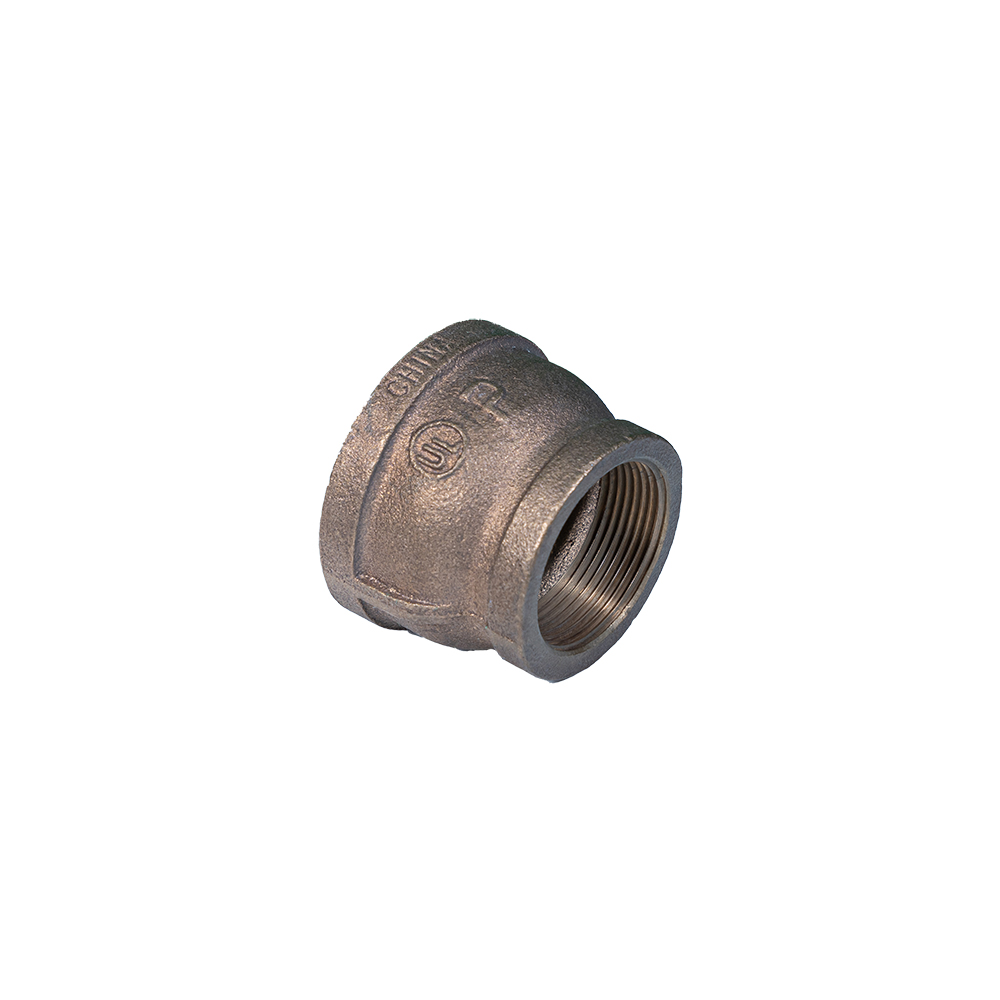
The Art and Science of Manufacturing Class 300 Pipe Fittings
The creation of high-quality class 300 pipe fittings is a testament to precision engineering, robust material science, and stringent quality control. The manufacturing process, particularly for items like the Reducing Coupling Cast Bronze Threaded Fitting, involves several critical stages, each meticulously executed to ensure the final product meets the demanding standards of its class.
Manufacturing Process for Class 300 Pipe Fittings (Illustrative Flow):
Design and Engineering
The process begins with precise CAD (Computer-Aided Design) and FEA (Finite Element Analysis) to model the fitting, optimizing its geometry for strength, flow characteristics, and pressure resistance. For a Reducing Coupling, specific attention is paid to the transition points and thread dimensions to ensure seamless pipe connection and flow reduction. This stage ensures compliance with international standards like ASME and ANSI.
Material Selection and Preparation
For bronze fittings, high-grade bronze alloys (e.g., ASTM B61 - Commercial Bronze or ASTM B62 - Composition Bronze) are chosen for their superior corrosion resistance, ductility, and machinability. Ingots are melted in induction furnaces, with precise control over alloy composition to meet metallurgical specifications and ensure the desired class 300 pipe fittings pressure rating.
Casting Process (e.g., Sand Casting / Investment Casting)
Most class 300 pipe fittings, especially those made from bronze or malleable iron, are produced via casting.
- Sand Casting: Molds are created from compacted sand, allowing for complex shapes. Molten bronze is poured into these molds. This method is cost-effective for larger production runs.
- Investment Casting (Lost-Wax): For intricate designs and higher precision, investment casting is used. A wax pattern of the fitting is coated with ceramic, then heated to melt out the wax, leaving a ceramic shell. Molten metal is poured into this shell. This process yields superior surface finish and dimensional accuracy, reducing the need for extensive post-casting machining.
Fettling and Heat Treatment
Raw castings undergo fettling, where excess material (risers, gates) is removed, and initial cleaning occurs. For materials like malleable iron, heat treatment (annealing) is a critical step to convert brittle white iron into ductile, shock-resistant malleable iron, significantly enhancing its mechanical properties and ensuring it meets the required strength for 300 malleable iron fittings.
CNC Machining and Threading
Precision is paramount for fittings. Advanced CNC (Computer Numerical Control) machines are used to machine critical surfaces, bore internal diameters, and cut precise threads (NPT, BSPT) according to standards like ANSI B1.20.1 or ISO 7-1. This ensures leak-proof connections and interchangeability, crucial for any class 300 pipe fittings application.
Surface Treatment (Optional)
Depending on the material and application, fittings may undergo surface treatments such as passivation (for stainless steel), galvanization (for iron), or specific coatings to enhance corrosion resistance or aesthetic appeal.
Inspection and Testing
This is a multi-stage process ensuring product integrity and performance.
- Dimensional Inspection: Using calipers, gauges, and CMMs (Coordinate Measuring Machines) to verify all dimensions and thread specifications.
- Material Testing: Spectroscopic analysis to confirm alloy composition, mechanical tests (tensile strength, hardness) to verify material properties.
- Pressure Testing (Hydrostatic/Pneumatic): Each fitting or a batch undergoes hydrostatic testing at pressures significantly higher than its rated working pressure (e.g., 500 PSI for a class 300 pipe fittings pressure rating) to detect any leaks or structural weaknesses.
- Non-Destructive Testing (NDT): For critical applications, techniques like radiographic inspection, ultrasonic testing, or magnetic particle inspection may be employed to detect internal flaws.
Finishing, Packaging, and Shipment
Finished fittings are cleaned, deburred, and prepared for packaging. Proper packaging protects the threads and surfaces during transit. Each batch is typically accompanied by material test reports (MTRs) and certificates of conformity.
Applications Across Industries: Where Class 300 Pipe Fittings Excel
Class 300 pipe fittings are indispensable across a broad spectrum of industrial applications where high pressure, durability, and leak-proof integrity are non-negotiable. Their robust construction and adherence to strict pressure ratings make them a preferred choice over standard pressure fittings in challenging environments.
- Petrochemical and Oil & Gas Industry: In upstream, midstream, and downstream operations, these fittings are crucial for pipelines transporting crude oil, natural gas, refined products, and various chemicals. The inherent corrosion resistance of bronze fittings, like the Reducing Coupling Cast Bronze Threaded Fitting, makes them particularly valuable in environments where exposure to aggressive chemicals or saltwater (offshore platforms) is common. Their ability to maintain a high class 300 pipe fittings pressure rating at elevated temperatures ensures operational safety and prevents hazardous leaks.
- Water Treatment and Distribution: High-pressure water systems, including potable water supply networks, industrial water treatment plants, and irrigation systems, extensively use class 300 pipe fittings. Bronze, being lead-free and highly resistant to corrosion from water, ensures the longevity of the infrastructure and maintains water purity. The Reducing Coupling is vital here for connecting pipes of different diameters while maintaining system integrity under pressure.
- HVAC and Refrigeration Systems: In large commercial or industrial HVAC and refrigeration units, high-pressure refrigerants and coolants are circulated through complex piping networks. Class 300 pipe fittings ensure the sealed integrity of these systems, preventing costly refrigerant leaks and contributing to energy efficiency.
- Fire Protection Systems: While often associated with lower pressure classes, certain specialized fire suppression systems, particularly those in high-rise buildings or industrial complexes requiring powerful water delivery, may utilize class 300 pipe fittings to handle the significant pressures needed for effective fire control.
- Marine Industry: Given bronze's exceptional resistance to saltwater corrosion and biofouling, bronze fittings, including the Reducing Coupling Cast Bronze Threaded Fitting, are extensively used in shipbuilding for seawater cooling systems, bilge lines, and other critical fluid transfer applications on vessels and offshore structures. Their durability ensures a long service life, even in harsh marine environments.
- General Industrial Manufacturing: From chemical processing plants to power generation facilities, any industrial setting that deals with high-pressure steam, compressed air, or other industrial gases relies on the robustness of class 300 pipe fittings to maintain operational efficiency and safety.
In all these scenarios, the technical advantages of class 300 pipe fittings—including their high pressure resilience, superior corrosion resistance (especially bronze), extended lifespan, and reliable leak-proof integrity—translate directly into enhanced system reliability, reduced maintenance costs, and improved overall operational safety.
Technical Advantages and Performance Superiority
The selection of class 300 pipe fittings over lower-rated alternatives is a strategic decision driven by a multitude of technical advantages that directly impact system performance, safety, and longevity.
- Exceptional Pressure Resilience: The most significant advantage is their ability to reliably handle high internal pressures. The class 300 pipe fittings pressure rating ensures that these components can safely contain and transport fluids and gases under conditions that would cause failure in lower-rated fittings. This makes them ideal for demanding applications where system integrity under pressure is critical.
- Superior Corrosion Resistance: Materials like cast bronze, exemplified by the Reducing Coupling Cast Bronze Threaded Fitting, offer outstanding resistance to corrosion. Bronze is inherently resistant to dezincification (a form of corrosion in brass that leads to material degradation) and is highly durable in corrosive environments, including those involving saltwater, certain chemicals, and potable water. This property significantly extends the service life of the piping system, reducing the need for frequent replacements and maintenance. Malleable iron fittings also offer good corrosion resistance, especially when galvanized, providing a versatile option.
- Extended Lifespan and Durability: Designed for robust performance, class 300 pipe fittings are built to last. Their thicker walls, stronger materials, and precise manufacturing processes contribute to a significantly longer operational lifespan compared to lighter-duty fittings. This durability translates into lower lifecycle costs, as the frequency of repairs and system downtime is minimized.
- Leak-Proof Integrity: Precision threading, a hallmark of these fittings (conforming to standards like ANSI B1.20.1 NPT or ISO 7-1 BSPT), ensures a tight, reliable, and leak-proof connection when installed correctly. This is crucial for systems transporting hazardous, expensive, or high-pressure fluids where even minor leaks can lead to significant safety risks, environmental damage, or economic losses.
- Wide Temperature Range Performance: While pressure ratings decrease with increasing temperature, class 300 pipe fittings are engineered to maintain their structural integrity and sealing capabilities across a broad spectrum of temperatures. This adaptability makes them suitable for diverse industrial processes that operate under varying thermal conditions.
- Compliance with Industry Standards: Reputable manufacturers adhere strictly to international standards such as ASME B16.3, ASME B16.24, ASTM A197 (for 300 malleable iron fittings), and ASTM B61/B62 (for bronze). This adherence ensures interchangeability, consistent quality, and guaranteed performance parameters, providing engineers and procurement specialists with confidence in their selection.
By leveraging these technical advantages, industries can build piping systems that are not only safer and more reliable but also more efficient and cost-effective in the long run. The initial investment in high-quality class 300 pipe fittings is often justified by the avoided costs associated with system failures, leaks, and premature replacements.
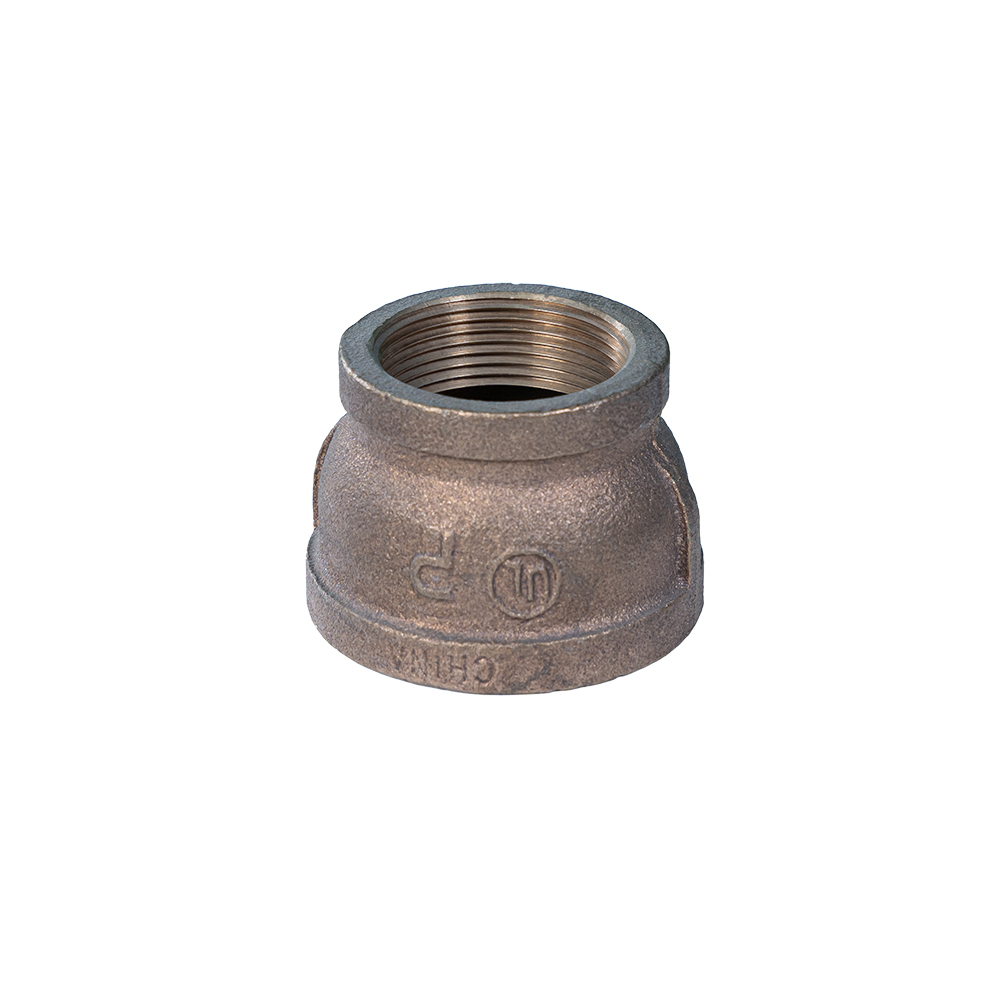
Choosing the Right Partner: Manufacturer Comparison and Customization
Selecting the right manufacturer for class 300 pipe fittings is as critical as the fittings themselves. The market offers numerous suppliers, but not all possess the expertise, experience, and commitment to quality required for high-pressure applications. When evaluating potential partners, several key factors should guide your decision, ensuring you receive products like the Reducing Coupling Cast Bronze Threaded Fitting that meet the highest standards of performance and reliability.
Key Considerations for Manufacturer Selection:
- Proven Expertise & Track Record: Look for manufacturers with a deep understanding of metallurgy, fluid dynamics, and relevant industry standards (ASME, ANSI, ISO). A long history of successfully supplying class 300 pipe fittings, particularly in challenging sectors, indicates established expertise.
- Quality Assurance and Certifications: A reputable manufacturer will possess certifications like ISO 9001 for quality management systems. They should demonstrate rigorous quality control at every stage, from raw material inspection to final product testing (e.g., hydrostatic tests for class 300 pipe fittings pressure rating). Adherence to material standards such as ASTM A197 for 300 malleable iron fittings or ASTM B61/B62 for bronze is non-negotiable.
- Manufacturing Capabilities: Assess their production facilities. Do they utilize advanced casting techniques, precision CNC machining, and modern heat treatment processes? These technologies are crucial for producing fittings with tight tolerances, superior finish, and consistent mechanical properties.
- Material Diversity and Availability: A comprehensive supplier should offer a range of materials suitable for class 300 pipe fittings, including malleable iron, ductile iron, bronze, stainless steel, and forged steel, to meet diverse application requirements.
- Technical Support and Customer Service: A good partner offers robust technical support, assisting with product selection, installation guidance, and troubleshooting. Responsive customer service ensures smooth order processing and timely resolution of any issues.
Customization Solutions
Beyond standard offerings, the ability to provide customized solutions is a significant advantage. Many industrial projects have unique requirements that off-the-shelf fittings cannot entirely fulfill. A capable manufacturer can tailor class 300 pipe fittings to specific needs, including:
- Special Dimensions or Configurations: For non-standard pipe sizes or unique spatial constraints, custom dimensions or angles can be engineered.
- Specific Material Grades: While standard bronze (e.g., ASTM B61/B62) is common for the Reducing Coupling Cast Bronze Threaded Fitting, certain applications might require specific bronze alloys or other exotic metals with enhanced properties (e.g., higher corrosion resistance or strength).
- Custom Threading or End Connections: While NPT and BSPT are standard, specialized threading or alternative connection types can be accommodated.
- Surface Finishes or Coatings: Bespoke surface treatments for extreme corrosive environments or aesthetic requirements.
- Volume Production for OEM Needs: Manufacturers can work with OEMs to develop custom fittings for their specific product lines, ensuring seamless integration and performance.
By partnering with a manufacturer that combines deep expertise with flexible customization capabilities, industries can secure class 300 pipe fittings that are not only compliant with standards but also perfectly optimized for their unique operational demands.
Real-World Impact: Application Case Studies & Customer Feedback
The true value of class 300 pipe fittings is best illustrated through their successful deployment in real-world scenarios, where they consistently deliver on their promise of reliability and performance. Here are a few illustrative cases and examples of customer feedback demonstrating the practical benefits:
Case Study 1: High-Pressure Water Distribution Network Upgrade
Challenge: A municipal water utility in a coastal region faced persistent issues with corrosion and leaks in its aging high-pressure water distribution network, leading to significant water loss and maintenance costs. The system required fittings capable of maintaining a consistent class 300 pipe fittings pressure rating while resisting aggressive soil conditions and chloride exposure.
Solution: The utility opted to replace critical sections of its network with pipes and fittings, including the Reducing Coupling Cast Bronze Threaded Fitting. Bronze was chosen specifically for its superior corrosion resistance in saline environments and its proven durability. The project utilized a range of class 300 pipe fittings, ensuring robust connections for the 250 PSI operating pressure.
Outcome: Over the subsequent five years, the utility reported a dramatic reduction in leaks—over 80% decrease in the upgraded sections—and minimal corrosion, leading to substantial savings in water loss and repair expenditures. The extended lifespan of the bronze fittings significantly lowered the total cost of ownership. "The switch to bronze fittings was a game-changer for our coastal operations," remarked the Chief Engineer. "The reliability of these class 300 pipe fittings has exceeded our expectations, delivering stable pressure and virtually eliminating leaks."
Case Study 2: Chemical Processing Plant Expansion
Challenge: An industrial chemical plant needed to expand its processing capabilities, requiring new lines to transport corrosive chemicals at high temperatures and pressures (up to 280 PSI). Previous experiences with standard fittings had shown premature failure due to chemical attack and pressure fatigue.
Solution: The engineering team specified class 300 pipe fittings made from specialized high-strength bronze alloys and stainless steel for different sections of the new pipeline. Precision-machined Reducing Couplings were critical for connecting various pipe diameters while maintaining the integrity of the high-pressure system. Rigorous material testing and hydrostatic proof tests were conducted on all batches.
Outcome: The new processing lines have operated flawlessly for over three years, demonstrating remarkable resistance to chemical degradation and maintaining consistent pressure. The use of robust class 300 pipe fittings prevented costly downtime and ensured worker safety. A plant manager stated, "When dealing with hazardous chemicals under pressure, there's no room for compromise. These fittings have given us peace of mind, proving their durability in our challenging environment. The precision of the threaded connections meant a quick and reliable installation."
Customer Feedback Summary:
"We've been using class 300 malleable iron fittings for our steam lines for years. Their robustness is unmatched, especially in high-vibration areas. Maintenance is minimal, and they truly live up to their class 300 pipe fittings pressure rating." - Operations Manager, Manufacturing Facility
"The Cast Bronze Threaded Fittings we sourced were perfect for our marine vessel repairs. Their corrosion resistance in saltwater is critical, and the precision threading made installation straightforward. We expect these to last for decades." - Shipyard Procurement Head
"Timely delivery and exceptional quality. The technical team provided excellent support, helping us select the ideal class 300 pipe fittings for our challenging industrial gas distribution system." - Project Engineer, Gas Utility
These examples underscore the tangible benefits and confidence that high-quality class 300 pipe fittings, like the Reducing Coupling Cast Bronze Threaded Fitting, bring to critical industrial applications.
Ensuring Excellence: EEAT, Quality Assurance & Certifications
In the highly specialized field of high-pressure fittings, adherence to Google's EEAT (Expertise, Experience, Authoritativeness, Trustworthiness) standards is not merely a guideline for content creation but a fundamental pillar of product quality and business integrity. For suppliers of class 300 pipe fittings, demonstrating these attributes is crucial for building client confidence and ensuring product reliability.
Expertise (E): Deep Product Knowledge
Expertise in manufacturing class 300 pipe fittings means possessing a profound understanding of material science, fluid dynamics, and stress engineering. This involves:
- Metallurgical Knowledge: Understanding the precise composition and properties of bronze (e.g., ASTM B61/B62 for the Reducing Coupling Cast Bronze Threaded Fitting), malleable iron (ASTM A197 for 300 malleable iron fittings), ductile iron, and other alloys, and how they behave under specific pressure and temperature conditions.
- Design Proficiency: Skilled engineers use advanced CAD/FEA software to design fittings that optimize flow, minimize pressure drop, and withstand the specified class 300 pipe fittings pressure rating.
- Manufacturing Mastery: Expertise in casting processes (sand casting, investment casting), precision CNC machining for accurate threading, and heat treatment protocols for optimal material strength and ductility.
- Adherence to Standards: In-depth knowledge of and strict compliance with international standards such as ASME B16.3, ASME B16.24, ANSI B1.20.1, and ISO 7-1, ensuring product interchangeability and performance guarantees.
Experience (E): Proven Track Record
Experience is reflected in a manufacturer's history of successful projects and long-standing presence in the industry. This includes:
- Years in Service: A company with a decade or more of specialized experience in high-pressure fittings demonstrates a tested and refined manufacturing process.
- Diverse Application Portfolio: Successful deployment of class 300 pipe fittings across various sectors—petrochemical, marine, water treatment, HVAC—showcases versatility and adaptability to different challenges.
- Customer Feedback and Loyalty: A strong portfolio of repeat customers and positive testimonials attests to consistent product quality and reliable service.
- Problem-Solving Capabilities: Experience in providing solutions for unique or challenging client requirements, including custom fitting designs or material specifications.
Authoritativeness (A): Industry Recognition and Credentials
Authoritativeness is built through recognized certifications, affiliations, and contributions to the industry:
- Industry Certifications: Official certifications such as ISO 9001 (Quality Management System), ISO 14001 (Environmental Management), and OHSAS 18001 (Occupational Health & Safety) validate a commitment to best practices.
- Product Certifications: Specific product certifications from recognized bodies, confirming that fittings meet performance standards for specific applications (e.g., drinking water contact safety for bronze fittings).
- Professional Memberships: Affiliation with industry associations (e.g., ASME, ASTM) demonstrates engagement and adherence to professional benchmarks.
- External Audits and Inspections: Regular independent audits verify compliance with quality and safety regulations, building greater confidence in products like class 300 pipe fittings.
- Collaboration with Research Institutions: Partnerships with universities or research bodies for material development or testing.
Trustworthiness (T): Reliability and Transparency
Trustworthiness is established through transparent operations, dependable product quality, and robust customer support systems:
- Transparent Quality Control: Clear documentation of all testing procedures, including material test reports (MTRs) and hydrostatic test certificates, available to clients.
- Warranty and Guarantees: Offering comprehensive warranties on products like the Reducing Coupling Cast Bronze Threaded Fitting, demonstrating confidence in their durability and performance.
- Clear Delivery Protocols: Transparent communication regarding lead times, shipping procedures, and logistical support.
Delivery Timeframe: Standard orders for common class 300 pipe fittings typically have a lead time of 2-4 weeks, depending on volume and current production schedules. Customized or highly specialized fittings may require 6-8 weeks for design, prototyping, and production. Expedited options are often available upon request.
- Robust Customer Support: Providing readily accessible technical assistance, post-sales support, and a clear process for addressing inquiries or issues.
- Commitment to Ethical Practices: Adherence to fair labor practices, environmental responsibility, and ethical sourcing of raw materials.
By consistently upholding these EEAT principles, a manufacturer not only enhances their digital presence but, more importantly, solidifies their reputation as a reliable and high-quality provider of essential components like class 300 pipe fittings in the global industrial market.
Frequently Asked Questions (FAQ) about Class 300 Pipe Fittings
A1: "Class 300" refers to the pressure-temperature rating of the fitting. It indicates the maximum allowable working pressure (MAWP) that the fitting can safely withstand at specific temperatures, as defined by industry standards like ASME B16.3. For example, a class 300 malleable iron fittings can typically handle 300 PSI (pounds per square inch) non-shock working pressure for steam, water, oil, or gas at ambient temperatures, with the pressure rating decreasing at higher temperatures.
A2: Common materials include malleable iron (e.g., ASTM A197), cast bronze (e.g., ASTM B61/B62 for the Reducing Coupling Cast Bronze Threaded Fitting), ductile iron, stainless steel, and forged steel. The choice of material depends on the application's specific pressure, temperature, and corrosion resistance requirements.
A3: While class 300 pipe fittings are designed for high-pressure use, their suitability depends on the exact operating conditions (pressure, temperature, fluid type, corrosivity). For extremely high pressures or temperatures beyond Class 300 limits, fittings with higher pressure classes (e.g., Class 600, 900, 1500) or specialized materials may be required.
A4: With proper installation and in suitable environments, a high-quality bronze fitting can have an exceptionally long lifespan, often exceeding 50 years. Bronze's inherent corrosion resistance, especially in water and marine environments, contributes significantly to its durability and longevity.
A5: Reputable manufacturers perform rigorous testing, including dimensional inspection, material chemical analysis, mechanical property tests (tensile strength, hardness), and hydrostatic or pneumatic pressure tests (to verify the class 300 pipe fittings pressure rating and check for leaks). For critical applications, non-destructive testing (NDT) like X-ray or ultrasonic inspection may also be performed.
A6: Proper installation is crucial for preventing leaks and ensuring long-term performance. This involves cleaning threads, applying appropriate thread sealant (Teflon tape or pipe dope), and ensuring correct torque during tightening. It's recommended to follow industry best practices and manufacturer guidelines for installation, especially for high-pressure systems.
A7: Both materials offer good pressure ratings. 300 malleable iron fittings are generally more economical and have excellent tensile strength, often used in steam, gas, or water lines where moderate corrosion resistance is acceptable (or when galvanized). Bronze fittings, like the Reducing Coupling Cast Bronze Threaded Fitting, excel in highly corrosive environments, particularly with water, saltwater, and certain chemicals, due to their superior resistance to dezincification and greater ductility, making them premium choices for specific applications.
Conclusion and Future Outlook
The journey through the world of class 300 pipe fittings underscores their indispensable role in modern industrial infrastructure. From understanding their precise pressure-temperature ratings and diverse material compositions, particularly the highly resilient cast bronze, to appreciating the meticulous manufacturing processes involving casting and CNC machining, it becomes clear that these fittings are engineered for excellence.
Their widespread application across critical sectors like petrochemicals, water treatment, marine, and HVAC, coupled with significant technical advantages such as superior pressure resilience, exceptional corrosion resistance, and extended lifespan, solidifies their position as foundational components for reliable fluid transfer systems. As industries continue to push the boundaries of performance and sustainability, the demand for high-quality class 300 pipe fittings, including specialized products like the Reducing Coupling Cast Bronze Threaded Fitting, will only grow.
The future of pipe fittings will likely be shaped by ongoing innovations in material science, leading to even more durable and corrosion-resistant alloys. Smart manufacturing technologies will further enhance precision and consistency, while stricter environmental regulations will drive demand for lead-free materials and more sustainable production methods. Partnering with manufacturers who prioritize expertise, experience, authoritativeness, and trustworthiness (EEAT) will be crucial for navigating this evolving landscape and ensuring the integrity and efficiency of high-pressure systems worldwide.
References and Further Reading:
- ASME B16.3: Malleable Iron Threaded Fittings. (Latest Edition). The American Society of Mechanical Engineers. https://www.asme.org/codes-standards/products/b16-3-malleable-iron-threaded-fittings
- ASTM A197/A197M-00(2017): Standard Specification for Cupola Malleable Iron. ASTM International. https://www.astm.org/a0197_a0197m-00r17.html
- ASTM B61-02(2019): Standard Specification for Steam or Valve Bronze Castings. ASTM International. https://www.astm.org/b0061-02r19.html
- ISO 7-1: Pipe threads where pressure-tight joints are made on the threads — Part 1: Dimensions, tolerances and designation. International Organization for Standardization. https://www.iso.org/standard/40733.html
- "The Role of Materials Science in Advancing Pipeline Integrity." Journal of Materials Engineering and Performance, Vol. 28, No. 6, 2019. (Note: Specific article link might vary, general journal reference for context).
Post time: 8 月-07-2025


